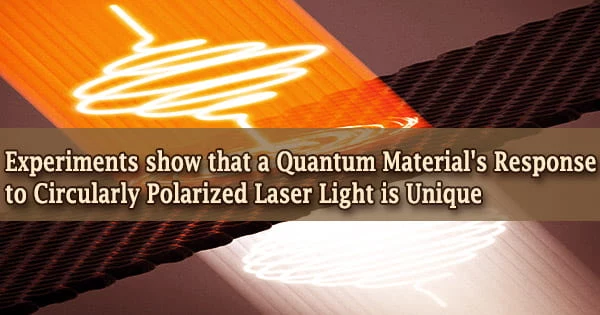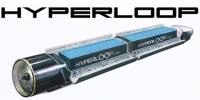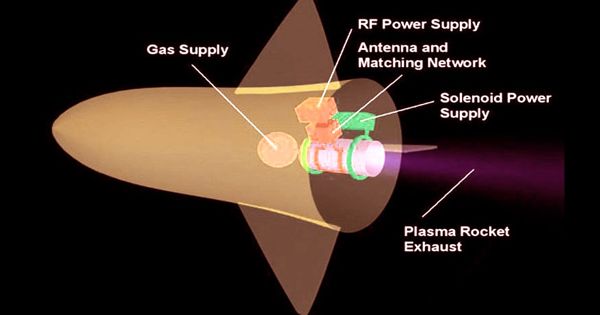When the COVID-19 outbreak halted investigations at the Department of Energy’s SLAC National Accelerator Laboratory early last year, Shambhu Ghimire’s team had to come up with a new technique to investigate an attractive research topic: Topological insulators, or TIs, are quantum materials that carry electric current on their surfaces but not through their interiors.
Denitsa Baykusheva, a Swiss National Science Foundation Fellow, had joined his group at the Stanford PULSE Institute two years before with the intention of generating high harmonic generation, or HHG, in these materials as a tool for investigating their behavior.
In HHG, laser light passing through a material moves to higher energy and frequencies, referred to as harmonics, in the same way as pushing on a guitar string creates higher notes.
If this could be accomplished with TIs, which are prospective building blocks for technologies such as spintronics, quantum sensing, and quantum computing, scientists would have a new instrument to investigate these and other quantum materials.
She and her colleagues went to theory and computer simulations to come up with a new formula for creating HHG in topological insulators when the experiment was halted in the middle.
This material looks very different than any other material we’ve tried. It’s really exciting being able to find a new class of material that has a very different optical response than anything else.
Ghimire
The findings revealed that circularly polarized light, which spirals along the laser beam’s path, would create clear, distinct signals from both the conductive surfaces and the inside of the TI they were researching, bismuth selenide, and would even boost the signal from the surfaces.
Baykusheva went out to test that formula for the first time when the lab reopened for trials with covid safety safeguards in place. The research team reports in an article published today in Nano Letters that the experiments proceeded exactly as expected, yielding the first unique signal from the topological surface.
“This material looks very different than any other material we’ve tried,” said Ghimire, who is a principal investigator at PULSE. “It’s really exciting being able to find a new class of material that has a very different optical response than anything else.”
Ghimire had conducted a series of experiments with PULSE Director David Reis over the previous decade, demonstrating that HHG can be produced in ways previously thought unlikely or even impossible: by beaming laser light into a crystal, a frozen argon gas, or an atomically thin semiconductor material. Another research employed HHG to shine a laser through the common glass to create attosecond laser pulses, which may be used to detect and regulate electron motions.
However, quantum materials have long resisted being studied in this way, and topological insulators’ divided personalities posed a special challenge.
“When we shine laser light on a TI, both the surface and the interior produce harmonics. The challenge is to separate them,” Ghimire said.
He stated that the team’s significant discovery was that circularly polarized light interacts with the surface and the inside in fundamentally different ways, boosting high harmonic production from the surface while simultaneously giving it a distinct identity.
The degree to which their electron spins are polarized and orientated in a clockwise or counterclockwise orientation, for example, and the sorts of symmetry present in their atomic lattices, shape those interactions.
Two other research groups in Germany and China have reported producing HHG in a topological insulator since the researchers released their formula for achieving HHG in TIs earlier this year, Ghimire said. However, because both of those tests used linearly polarized light, they were unable to detect the increased signal produced by circularly polarized light. He claims that this signal is a distinct property of topological surface states.
Because powerful laser light can transform electrons in a material into a plasma soup, the researchers needed to discover a means to make its high-powered titanium sapphire laser’s wavelength 10 times longer and hence 10 times less energetic. They also employed very brief laser pulses to avoid damaging the sample, which had the added benefit of allowing them to capture the material’s behavior at a shutter speed of billionths of a second.
“The advantage of using HHG is that it’s an ultrafast probe,” Ghimire said. “Now that we’ve identified this novel approach to probing the topological surface states, we can use it to study other interesting materials, including topological states induced by strong lasers or by chemical means.”
This study was done in collaboration with the Stanford Institute for Materials and Energy Sciences (SIMES) at SLAC, the University of Michigan, Ann Arbor, and Pohang University of Science and Technology (POSTECH) in Korea. The Swiss National Science Foundation and the DOE Office of Science provided significant support, including an Early Career Research Program award to Shambhu Ghimire.
















